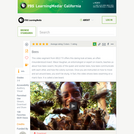
In this video segment from WILD TV, learn about bees and the different techniques for handling them.
- Subject:
- Arts and Humanities
- Material Type:
- Lecture
- Provider:
- PBS LearningMedia
- Provider Set:
- Teachers' Domain
- Date Added:
- 08/26/2008

In this video segment from WILD TV, learn about bees and the different techniques for handling them.
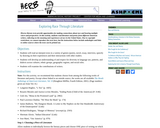
Diverse literary texts provide opportunities for making connections about race and hearing multiple voices and perspectives. In this activity, students read literature and poetry from different American writers, reflecting on the meaning and experiences of race in the United States. Due to copyright restrictions, we cannot reproduce the texts here, but the instructions below include anthologies and links to online sources where the texts can be printed out.
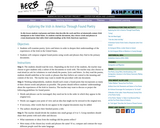
In this lesson students read poems and letters that describe the work and lives of nineteenth-century Irish immigrants to the United States. As students read the documents, they choose words and phrases to create found poems that reflect their understandings of the Irish-American experience.
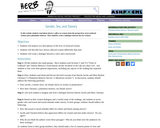
In this activity students read about slavery's effect on women from the perspectives of an enslaved woman and a plantation mistress. Then students create a dialogue between the two women.
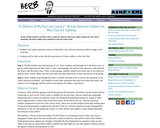
In this activity students read three letters written by African-American soldiers during the Civil War to determine why black soldiers felt compelled to join the Union Army.
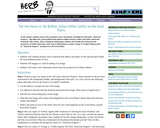
In this activity, students read a series of primary source documents, including the 1872 print "American Progress," that depict the social, political and cultural conflicts between settlers and Native Americans during the 19th century. Then, working in small groups, students will consider the events from the perspective of Native Americans, and create an illustration to counter George A. Crofutt's famous print of "American Progress" moving across the Great Plains.

The attached lesson plan is designed for kindergarten and first-grade students. Students will make a connection with the character in the book. This lesson plan addresses the following NDE Standard: LA 0.1.6 h, LA 0.3.2.a, LA 1.1.6.h, LA 1.3.2.a.
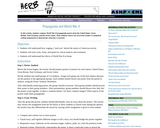
In this activity, students compare World War II propaganda posters from the United States, Great Britain, Nazi Germany, and the Soviet Union. Then students choose one of several creative or analytical writing assignments to demonstrate what they've learned.
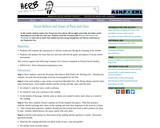
In this activity students explore how Progressive Era reforms did not apply universally, but rather varied depending on issues like race and class. Students watch the 30-minute filmHeaven Will Protect the Working Girland read an article that explains tensions among immigrants and African Americans in the Progressive Era.
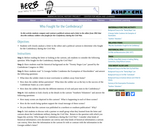
In this activity students compare and contrast a political cartoon and a letter to the editor from 1862 that describe ordinary soldiers who fought for the Confederacy during the Civil War.
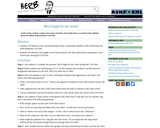
In this activity students examine sheet music and letters from draft rioters to examine Union attitudes about the military draft during the Civil War.